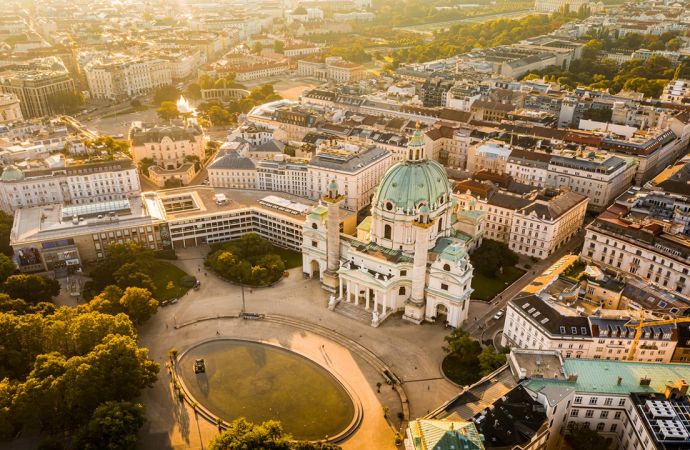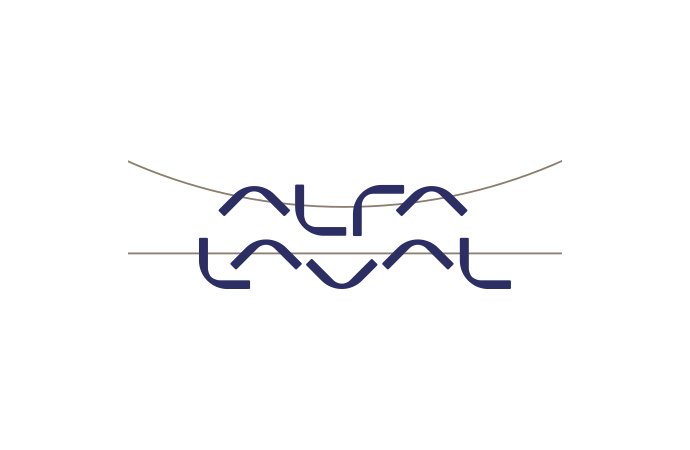A 10 MW ammonia heat pump system will now be used for Vestmannaeyjar’s district heating system, which has been running on lava and electric boilers.

Heimaey, the largest of the Vestmannaeyjar islands.
Credit: Ívar Atlason
Iceland’s Vestmannaeyjar once had “one of the weirdest district heating systems ever designed” – it ran on lava from a volcano, Ragnar Ásmundsson from Varmalausnir – Heat RD tells Accelerate Europe. Now it will use a 10 MW ammonia heat pump system.
The story begins in 1973, when the Eldfell volcano erupted on Heimaey (‘Home Island’), the largest of the Vestmannaeyjar ('Westmen Islands' in English), an archipelago, municipality and group of 15 islands in southern Iceland. The lava came in handy.
They had lava flowing through half of the town. So obviously they left. Then they came back and thought to use the heat from the lava for the district heating system."
– Ragnar Ásmundsson, Varmalausnir – Heat RD
“They had lava flowing through half of the town. So obviously they left. Then they came back and thought to use the heat from the lava for the district heating system,” explains Ragnar, who was in charge of installing a new ammonia heat pump that services over 4,200 inhabitants in the municipality.
After the eruption, residents were able to exploit the lava for 10 years, says Ívar Atlason, regional manager of district heating company HS Veitur’s Vestmannaeyjar operations. The young Ívar fled Heimaey for the mainland back in the 1970s. “By 1988 the heat from the lava was gone,” Ívar says. “We’ve been using the electric boiler to heat up water [for residents’ homes ever since]. Now [we’ll use a] heat pump to heat the water.”
Guzzling electricity
Unlike lava, which provided more or less free energy for 10 years, electric boilers are costly – especially for district heating. “We were using an electric boiler to produce vapour and a heat exchanger to heat up the circulation water, [but] the electricity price [keeps] going up," Ívar observes. "It always goes up. Electricity prices are not going down.”
HS Veitur (owned by various local municipalities in southwest Iceland) produces heat for Heimaey residents, via electricity delivered by undersea cables. 1 kW of electricity generates 1 kW of heat.
The new ammonia heat pump, the first of its kind for district heating in Iceland and the second that Ragnar’s company has installed, will produce 3 kW of heat for every 1 kW of electricity when it is completed. “Where did we get the 2 kW from? It comes from the sea. We don't have to pay for heat from the sea. So that was the reason we started building the heat station – we won't spend as much money on electricity,” HS Veitur’s Ívar told Accelerate Europe.
The 10 MW ammonia heat pump system uses four screw compressor heat pumps (each 2.5 MW) from Danish company Sabroe (part of Johnson Controls), an evaporator from Alfa Laval that has titanium plates to prevent problems with saltwater on the receiver, and a cluster of heat exchangers (including the de-superheater, the condenser and the sub-cooler) from Finnish firm Vahterus.
“[The district heating water] enters the condenser at roughly 35°C and then achieves up to 77°C on the condensing side. That’s what’s delivered to the customers in the town. Most of them are connected with water pipelines and they receive water in a closed system,” Ragnar says.
The heat pumps have a coefficient of performance (COP) of roughly three, which both Ragnar and Ívar are confident will make them the perfect solution for local residents, who mainly work in the islands’ fishing and tourism sectors.
“We were talking about 8-10 years [for return on investment], but if the electricity price is higher than we expect, then the payback will be 6-7 years. It all depends on the price of the electricity,” Ívar explains.
The full story is available in the latest Accelerate Europe here.
Related stories




_1530780905.png)
